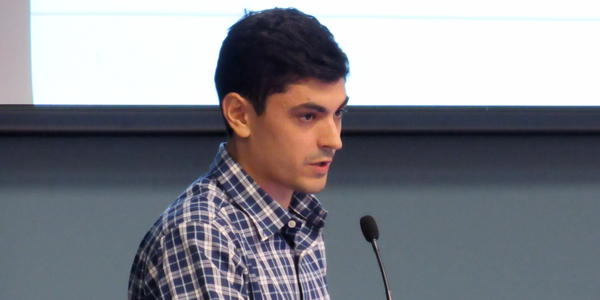By Amanda Durish Cook
CARMEL, Ind. — MISO says the time is not yet ripe for creating a detailed solar capacity credit process, but it is leaning toward adopting a process similar to the one used to establish wind credits.
The RTO last week said it will continue its practice of using individual operational data to determine credits — with new solar units continuing to receive a 50% capacity credit — until more operational data are available to perform a full credit study. At that point, it will likely use its effective load-carrying capability (ELCC) measurement, a loss-of-load expectation-based study that examines the MISO system with and without certain resources, staff said.
Speaking during a Sept. 12 Resource Adequacy Subcommittee meeting, MISO Resource Adequacy Coordination Engineer Eric Rodriguez said the increasing number of proposed solar projects entering the interconnection queue portend a need for a study process. Solar projects comprise 35.7 GW of MISO’s 90-GW interconnection queue, but the RTO currently has just 314 MW of solar generation in commercial operation in front of the meter.
“Three hundred fourteen megawatts is not enough to perform the ELCC,” Rodriguez said.
Rodriguez pointed out that MISO first conducted an ELCC study for wind resources when MISO had between 5.6 and 8 GW of installed wind generation on its system. He said MISO would determine another accreditation process if a solar ELCC capacity credit study resulted in an unreasonably low credit.
He also told stakeholders that “other potential methods for crediting solar’s contribution to serving load will be investigated.”
“I hope we make good use of this buffer of time,” said Customized Energy Solutions’ David Sapper, suggesting that MISO’s wind capacity method might not work best for determining solar capacity credits, especially because the RTO’s recent renewable impact study shows that solar plays a role in managing the day’s traditional gross peak hour but leaves a more pronounced net load to be attended by other resource types. (See MISO Renewable Study Predicts Later Peak, Narrower LOLE Risk.)
MISO Manager of Probabilistic Resource Studies Ryan Westphal said the RASC will take up how solar is most effectively studied for capacity accreditation in 2019.
Other stakeholders urged MISO to act quickly on the issue, given that utilities file 15-year resource plans and would like to accurately gauge the value of their solar capacity.




